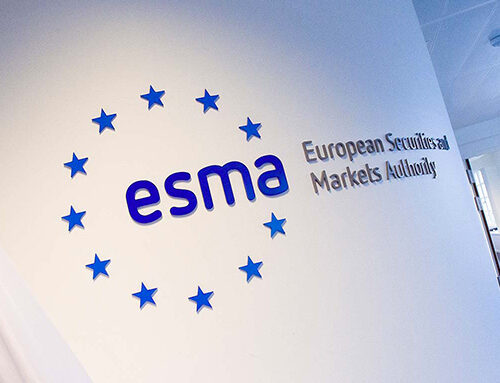In the build–up of financial imbalances that eventually led to the financial crisis of 2007–2008, unregulat-edactivitiesand leveraged entities played a significant role.
The issues faced by the US shadow banking system spread quickly to Europe, as European financial institutions were highly exposed to it. Indeed, European financial institutions played a significant role in the development of the shadow banking system, for example through the issuance and purchase of Asset–Backed Securities (ABS) and Asset–Backed Com-mercial Paper (ABCP), while being exposed on the liability side to shadow banking entities such as US money market funds. These cross–sectoral and cross–border linkages enabled the difficulties of the US shadow banking system to spillover to Europe. In particular, regulators, supervisors and policymakers did not manage to address the risks ofthe shadow banking systemat an early stage.
Against this background, and taking into account the recommendations in the De Larosière report, the European System of Financial Supervision(of which the European Securities and Markets Authority (ESMA)is a member)has since been created. Therefore,it is importantto learn lessonsfrom past experi-encein order to foster the stability of the European financial system. ESMA’s mission is to enhance the protection of investors and reinforce stable and well-functioning finan-cial markets in the European Union (EU). As an independent institution, ESMA achieves this mission by building the single rule book for EU financial markets, and ensuring its consistent application and super-vision across the EU. ESMA contributes to the supervision of financial service firms with a pan-European reach, either through direct supervision or through the active coordination of national supervisory activity. Looking forward, the development of an orderly,market-based finance system that facilitates the flow of credit to the real economy is one of the main objectives of ESMA.ESMA welcomes the work being done on the shadow banking system at the international level by the European Systemic Risk Board (ESRB) and the European Commissionand the global co-ordination role of the Financial Stability Board (FSB).As a securities markets authority, ESMA has a strong interest in issues surrounding the shadow banking system. This derives from the fact thatESMA has a mandate1that is balanced between activities and entities, along the lines of the definition of the shadow banking system put forward by the FSB. Moreover, ESMA is the relevant European Supervisory Authority (ESA) for some of the entities identified by the Commission as possible components of the shadow banking system (such as money market funds and 2exchange-traded funds) and is the direct supervisor of Credit Rating Agencies (CRAs) in Europe.ESMA does not object to the publication of its reply.Given its mandate, ESMA has already started working on issues raised by the shadow banking system, indirectly through guidelines on UCITSand through contributions to ongoing work by the European Systemic Risk Board(ESRB), but also directly through preliminary work.EU competent authorities that are members of the European System of Financial Supervision are also active in the work on shadow banking both at a national level and as members of the International Organization of Securities Commis-sions (IOSCO). This response elaborates on ESMA’s work as well as commenting on other aspects of shadow banking, although it should be noted that it does not attempt to cover all issues relevant to that debate.While the financial crisis has provided evidence on the risks attached to the shadow banking system, an orderly and appropriately regulated market of such activities and entities contributingto the financing of the real economy isbothpossible and desirablein ESMA’s view.

